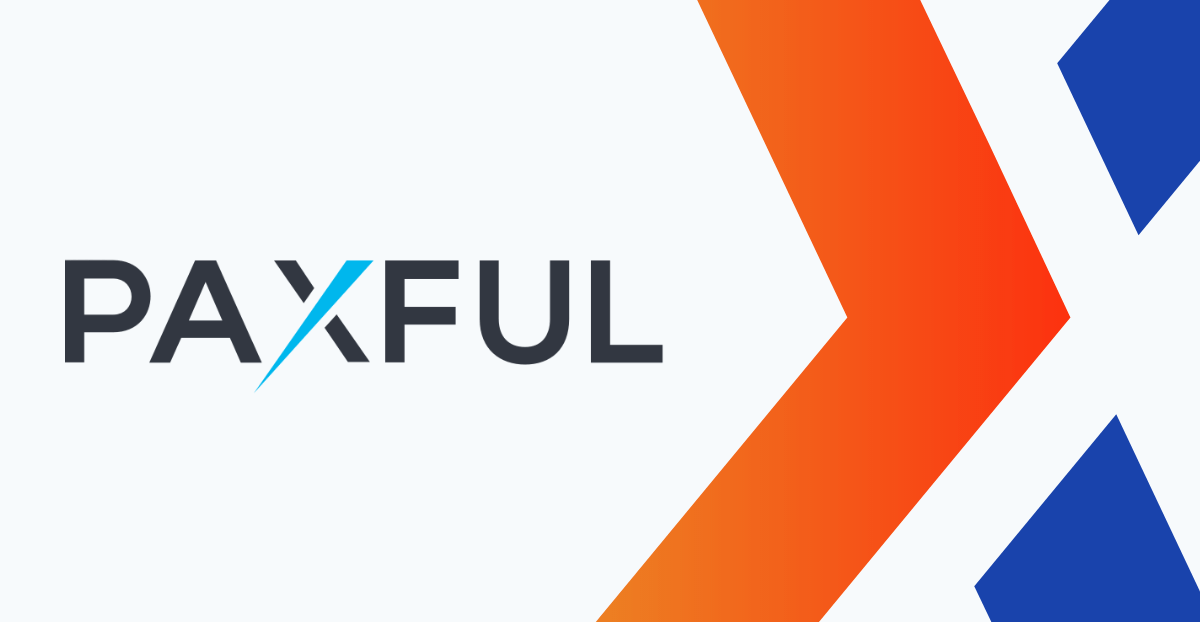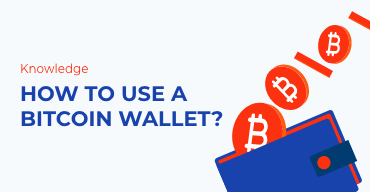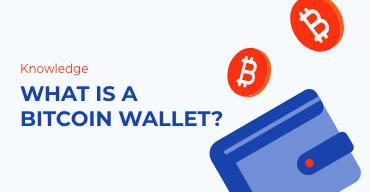Asking “What is blockchain to a cryptocurrency?” is along the lines of asking what peanut butter is to jelly—the two are practically as thick as thieves. Simply put, the blockchain is a public ledger platform constructed from a set of existing encryption and data storage technologies, put together in a unique and rather revolutionary manner. Nowadays, one can easily identify both a primary purpose—Bitcoin transactions—and a secondary, generalized usage—data storage, management, and any sharing of the blockchain technology.
Considering it’s been the buzzword for quite some time now, blockchains and Bitcoins have become all but a common topic at the family dinner table. Knowing something about them can take you a long way, especially with the latest announcements promoting the blockchain’s use in the spheres of corporate operations, not to mention everyday life.
The Future of Blockchain
The unique structure of the blockchain is bound to guarantee its continued use and advancement, especially in today’s fully digitized lifestyle. As we have seen, it has the ability to directly connect two entities and allow them to execute all kinds of operations. This is done through the conditions-based smart contracts mentioned above, executed once all the terms are met by consenting parties. Of course, each type of contract will require different coding in order to perform the specific task, practically paving the way for numerous novel blockchain applications.
All in all, the blockchain as a structure has existed for about a decade now, performing its first BTC transaction in January 2009. With a humble and completely open-sourced beginning such as this one, its progress so far has definitely been proof enough of the widespread use it could have in years to come.
So far, all kinds of everyday processes and operations have discovered compatibility with the given platform, from basic data storage, through its encryption possibilities used for the protection of sensitive information and property, all the way to government registry management. Blockchain isn’t reserved for cryptocurrency exchange sites and transactions anymore. A decade from now, there’s no guessing the answers people will have for the simple question, What is blockchain? However, they’re likely to give it with a smile on their faces.
Is Sharing Really Caring, Economically?
In economic terms, sharing can help buyers and sellers facilitate their transactions and profit both in money and saved time. To illustrate, the OpenBazaar platform has made use of the blockchain in order to create a form of open eBay. Vendors and buyers both made transactions without being charged massive fees—they used it for its original purpose, which is bound to define the future use of blockchain.
What Is Ethereum?
Ethereum is one of the most popular applications developed on the blockchain, an entire program known as the “world computer,” with the ability to process smart contracts. Ether, on the other hand, is currently second only to Bitcoin in terms of the cryptocurrency’s value and popularity and serves to “fuel” Ethereum’s operations. Invented a few years ago by Vitalik Buterin, its main purpose has been to advance—practically automate—the operations performed on the basis of blockchain technology. These smart contracts are simple conditions that accompany a given function, i.e. operation of an application, and they need to be met in order to reach execution.
A real life example is the $90 million loan from the Spanish bank BBVA, made to a company called Indra. For the purpose of automating the otherwise time-consuming process of posing and opposing requirements by both parties, the bank made use of the blockchain development potential and created an app where both parties made entries up to the point of consent. Once consolidated in their terms, the bank issued Indra their massive loan, later hosting it on the Ethereum blockchain.
What Is the Blockchain Used For?
So far, the blockchain has proved its massive potential both in its original use as a Bitcoin platform and an individual entity. As you will learn soon enough, the latter has proven to be true on multiple occasions. Nowadays, there are more than 1,600 other cryptocurrencies, which are more or less based on the model presented by Nakamoto’s Bitcoin. All kinds of information technology specialists have identified its potential, some turning to imitation, alteration, and improvements.
Such is the case with Ethereum and its use of the blockchain technology explained below, while others turned to practical applications. Bitcoin casinos, and similar online gambling website services in their ever-growing numbers, are just some of the uses of the anonymity and security provided by this public ledger.
Nevertheless, such a decentralized, rapidly functioning currency featuring a high level of encryption is bound to have its faults as well. The main issue with Bitcoin originated precisely from its lack of a central, governing authority. Solely calling upon the Bitcoin community for support in facilitating transactions has posed a threat to banks and similar financial institutions operating on a fee-charged basis.
In order to control its development, such organizations made attempts to crash Bitcoin stock value—as in, its exchange rate in relation to existing, fiat currencies. This impacted Bitcoin’s volatility, mainly resulting from several governments’ initial lack of proper legal regulations regarding cryptocurrencies.
However, the rise of e-commerce and similar business ventures has brought about the need to popularize this currency, ultimately leading it to its peak value of about $20,000. Nowadays, it maintains a kind of average value with minimized fluctuations.
Once Bitcoin established itself as a more regulated legal tender, the benefits of the blockchain came to the fore. More and more developers identified uses of such a foundation for the purpose of developing all kinds of programs and functions, as the following account shows.
Bitcoin Mining
The process of mining Bitcoins is unlikely to be explained in “Blockchain for Dummies” publications and articles. Navigating its structure is rather demanding and requires some pre-acquired skills and know-how, while the mining process is reserved for a specific segment of nodes. These blockchain participants illustrate greater mathematical prowess and have greater computing power on their devices.
What miners do is organize transactions into chronological order as mentioned above, starting from the most basic structure of lists in the given block of transactions. Here, it is important to mention that any one such block within this blockchain technology has a few basic features—a reference to past transactions that validate the current ones, metadata, and a list of transactions, as well as a nonce and the resulting hash.
The nonce is actually the number solution to the mathematical problem set before the miners, which is required in order to properly create the latest block in the blockchain. The hash, however, is actually known as the block’s digital “fingerprint,” a uniquely encrypted code that identifies a block of listed transactions to its predecessors and followers.
All things considered, the question What is blockchain? is fully answered only when it includes the matter of mining. While solving the mathematical problems may seem like something a computer could easily do, calculating the right nonce and getting a valid hash is actually a rather lengthy process. Bitcoin miners willing to attempt it and support the process are actually racing each other to the finish, as the first to get a valid hash is rewarded with some cryptocurrency for the effort they put into it.
How Does Blockchain Work?
There are a few simple steps that take place during Bitcoin transfers on the blockchain, as well as that of any valuable data customized to the given platform. You already know that the blockchain in its wider repurposed form can be used for any kind of data, but considering its beginnings with Bitcoin, the cryptocurrency will be the most illustrative example for these background operations.
Step 1: One Bitcoin owner (Mary, for instance) wishes to send 1 BTC to another owner on the blockchain network (e.g., John). For this purpose, Mary accesses her Bitcoin wallet using her private key, selects the given amount that should be transferred, and sends it to John using his public key. The latter is, in fact, the public e-wallet address comprised of a random combination of numbers and letters, as anyone who’s ever seen a basic blockchain tutorial is likely to recognize.
Step 2: Mary is able to submit the transaction on the blockchain ledger solely in relation to prior transactions that ultimately resulted in her having enough Bitcoins in her e-wallet to conduct the transfer. Once submitted, the transaction is actually broadcasted across the network, or peers, i.e. computers connected to the blockchain, which are supposed to validate the transaction. With a 51% approval taken to be the minimum, transactions are validated and performed on the blockchain.
Step 3: The basic blockchain definition describes it as a platform where Bitcoins, and other data of value, are transferred in a particular manner. However, aside from validating and supporting the transaction to its final destination, the computers connected to the blockchain, also known as “nodes,” perform Bitcoin mining, which will be momentarily explained in greater detail.
Step 4: Having completed the process of Bitcoin mining, the participants in the transaction witness the appropriate change in their Bitcoin balances. The blockchain ledger, on the other hand, literally illustrates its name, as a block recording the latest transactions (and containing the specific one in question) is added at the end of the chronological chain. This puts it in relation to all prior fund transfers, and all following ones, and consequently prevents any one “node” from copying their data or funds and performing invalid transactions.
Blockchain Technology Explained: Main Characteristics
The blockchain was invented and released to the public back in 2008, by one Satoshi Nakamoto—an individual or group of highly skilled programmers. It was introduced as a cash transfer platform that eliminates any third party interference in order to promote security without a central authority. Thus, its potential for alternative uses came later on, after originally being the backbone of the first digital currency, Bitcoin.
In line with eliminating any third parties from its functionality, one key feature of the blockchain is bound to be its decentralized structure. Imagine it this way: it’s like sending some money to a friend using your regular online banking platform, but the bank and its officials don’t stand between you, the sender, and your friend, the recipient. The platform’s ability to eliminate the use of banks is revolutionary in itself, and reason enough to popularize the question of “what is blockchain, indeed?” shortly after its release.
The peer-to-peer technology purposed for the needs of the blockchain’s structure was responsible for giving it this decentralized nature. On the other hand, it was the use of cryptography, i.e. encryption technology, that gave the blockchain, and therefore the cryptocurrency, its anonymity and security. Both characteristics of the platform were maintained through the use of specific public and private keys when exchanging Bitcoins, or anything else of value on the given platform.
Transparency is one other essential feature of this public system because each computer device connected on it actually contains the whole of the system. This feature of the blockchain, explained in simple terms, means that there is neither one nor several central points to the system—even if one computer goes down, the rest continue to support the platform without a hitch, and at the same time, they all have insight into the operations conducted. After all, the program itself is automatically updated every 10 minutes, refreshing the ledger with new requests for data transfer.
What Is Blockchain: From Analogies to a Simple Explanation?
The blockchain system is often the hardest to understand due to its intangible nature. Much like the currency it initially grew out of (Bitcoin), the blockchain is a completely digital and virtual entity. Still, people having a hard time visualizing it have ultimately studied its internal operations and nowadays compare it to similar certain establishments, platforms, and entities.
The internet has been largely compared to the blockchain ledger, as both networks function to connect a larger number of individual computers. What the World Wide Web is said to have done for communication facilitation, the blockchain has done and is likely to do even more for data transfer.
A similar analogy has been made in comparison to the Wikipedia platform, with the main distinction being the website’s client-server relationship. What’s more, the irreversibility of Bitcoin blockchain transactions is further challenged with user or administrator accounts that provide the necessary access authorizations.
Among the numerous analogies, there is one referring to Google Docs—this online platform allows users to share documents, alter, and update them, but with changes made by one party at a time. While this is about as close as any technology can get to the essential functionality of blockchains, the thing with Google Docs is that its users would benefit from even further modification capabilities.
In conclusion, the blockchain’s structure could be explained simply as a program or a system that combines key cryptography technologies—encryption over a peer-to-peer network, specifically. As mentioned earlier, such technologies had already existed back when Bitcoin was first released on this transaction and exchange platform. Nevertheless, their unique application in this particular instance brought about the main features of the blockchain.





